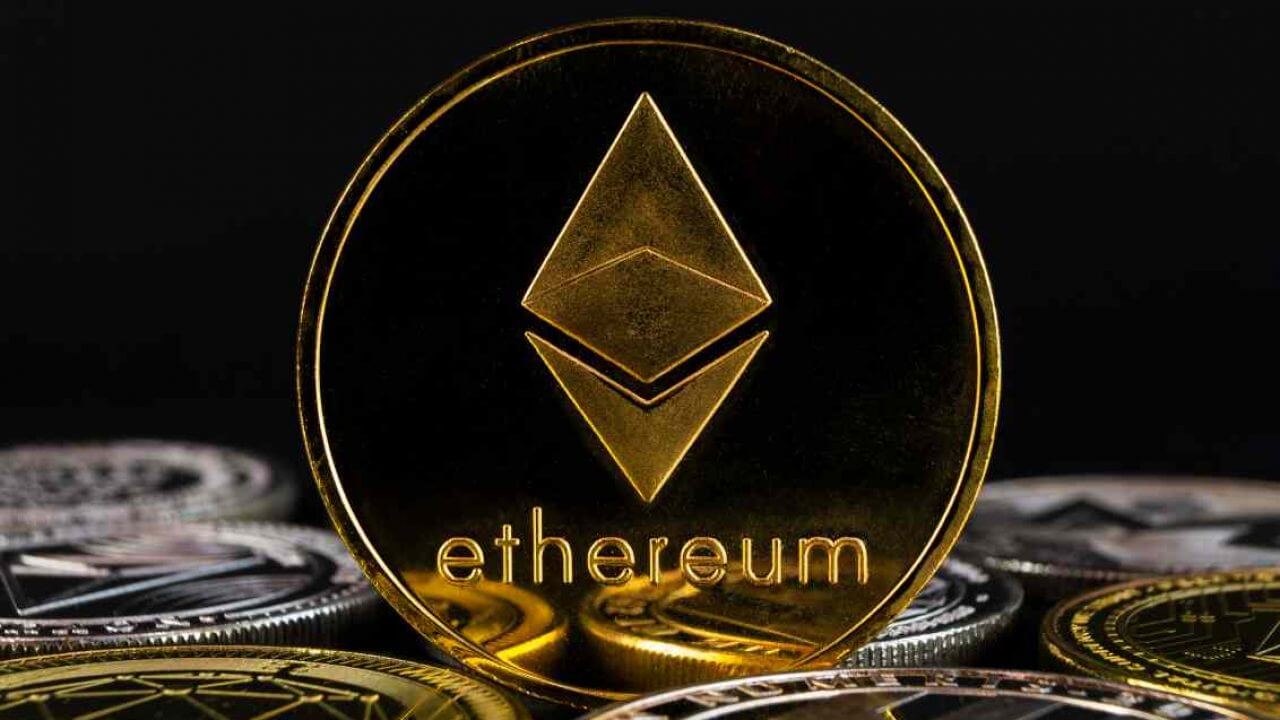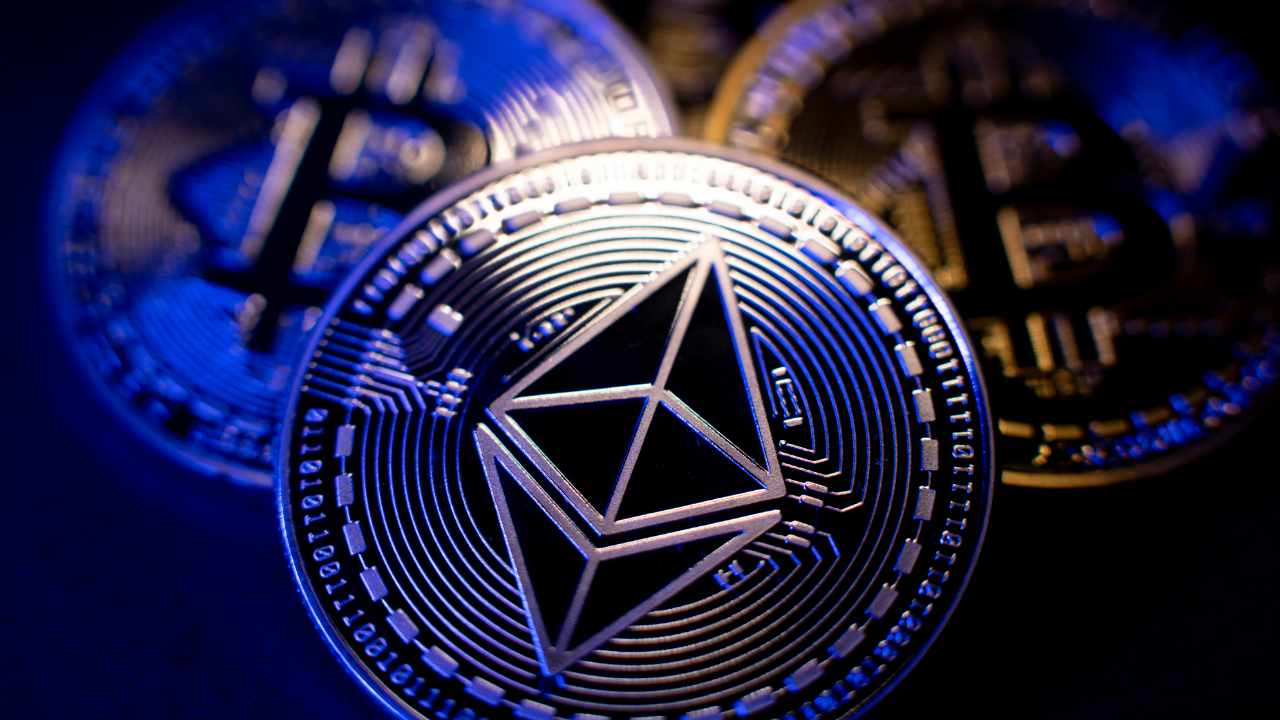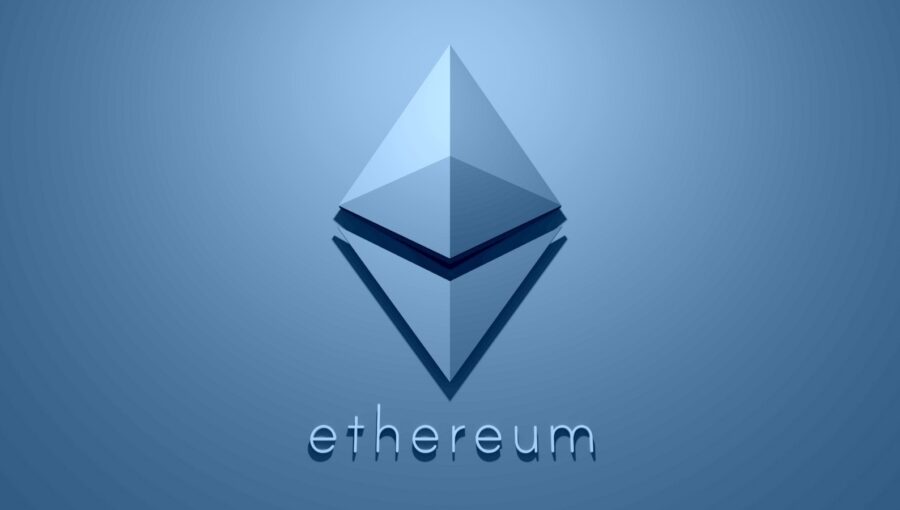|
Getting your Trinity Audio player ready...
|
On October 5, 2024, a significant Ethereum Improvement Proposal (EIP) was introduced, promising to enhance the Ethereum network’s performance dramatically. Known as EIP-7781, this proposal aims to reduce the current block times from 12 seconds to just 8 seconds, effectively increasing data throughput by approximately 50%. This adjustment has the potential to reshape the way transactions are processed on Ethereum, making it a more efficient platform for developers and users alike.
Optimizing Rollups For Latency And Capacity
The brains behind this initiative is Ben Adams, co-founder of Illyriad Games. His proposal focuses on optimizing Ethereum-based rollups, which are essential for scaling the network. By reducing block times, Adams argues that the change will allow for more effective bandwidth consumption without increasing the number of blocks or blobs each user relies on. The blobs, temporary data structures utilized to minimize Layer-2 network fees, will see an increase in capacity, providing much-needed relief in high-traffic scenarios.
Developer Support for EIP-7781
EIP-7781 has garnered considerable support from the Ethereum developer community. Notably, Ethereum researcher Justin Drake has endorsed the proposal, highlighting its multifaceted benefits. According to Drake, reducing slot times will raise the gas limit from 30 million to 40 million, while also expanding the blob limit from 6 to 9 per block. This increased efficiency could have far-reaching implications for decentralized exchanges (DEXes) like Uniswap v3, making them approximately 1.22 times more efficient and potentially saving up to $100 million annually in central exchange (CEX) and DEX arbitrage.
Drake also pointed out that the reduced slot times would help alleviate user friction by cutting confirmation times by a third, smoothing out peak network loads. While he acknowledged potential downsides, such as increased sensitivity to timing due to the shorter slot-to-ping ratio, he maintained that the efficiency gains would remain within a healthy margin.
A Leap Forward for Ethereum’s Base Layer
The proposal has received enthusiastic backing from another pseudonymous developer, Cygaar, who referred to EIP-7781 as the “first huge” step towards enhancing Ethereum’s Layer 1 performance. While many developers have shifted their focus toward Layer 2 scaling solutions, Cygaar believes that EIP-7781 has the potential to significantly improve the efficiency of Ethereum’s base layer. By allowing an increase in data blobs per block and reducing block times, the proposal lays the groundwork for even shorter slot durations in the future.
Also Read: Ethereum Price Surges 1.03% – Is A $3,000 Rally Still Possible Amid Low Fees?
As discussions surrounding Ethereum’s scaling challenges heat up, EIP-7781 could play a pivotal role in shaping the network’s long-term development trajectory. The proposal not only aims to improve current performance metrics but also sets the stage for future innovations and optimizations.
The introduction of EIP-7781 marks a crucial moment in Ethereum’s ongoing evolution. By enhancing block times and optimizing rollups, this proposal holds the promise of a more efficient and scalable Ethereum network. As the community rallies behind EIP-7781, the potential for significant advancements in Ethereum’s performance looks brighter than ever. The adoption of this proposal could be a decisive factor in solidifying Ethereum’s position as a leading blockchain platform in an increasingly competitive landscape.
Disclaimer: The information in this article is for general purposes only and does not constitute financial advice. The author’s views are personal and may not reflect the views of Chain Affairs. Before making any investment decisions, you should always conduct your own research. Chain Affairs is not responsible for any financial losses.




